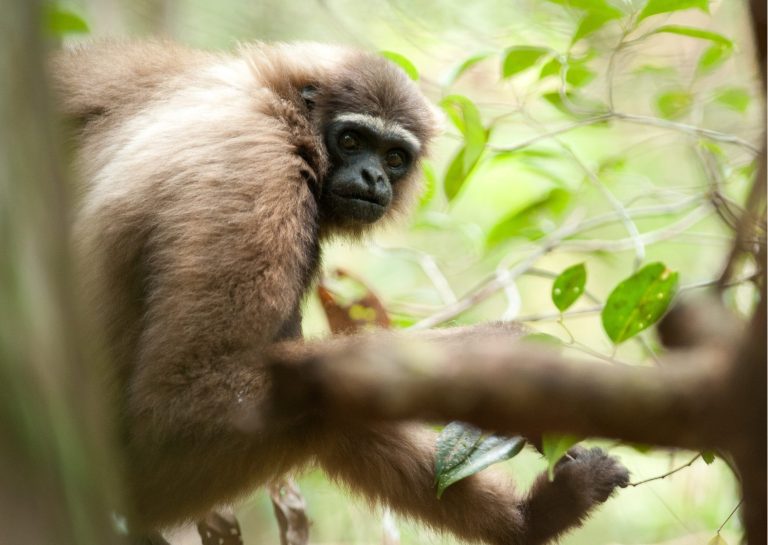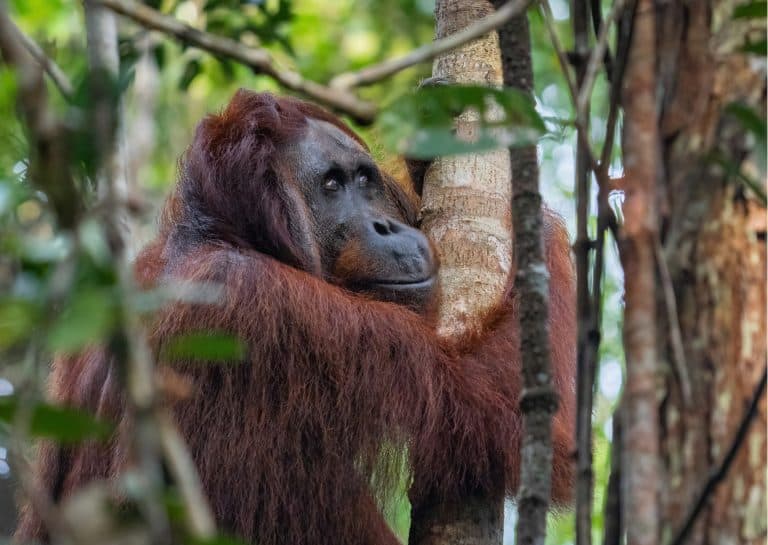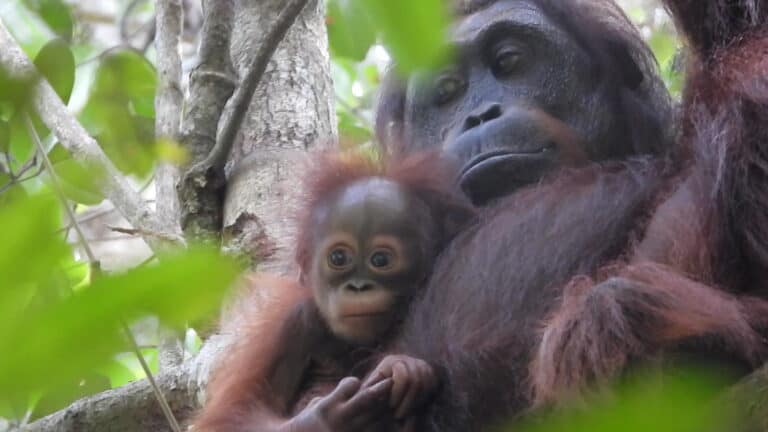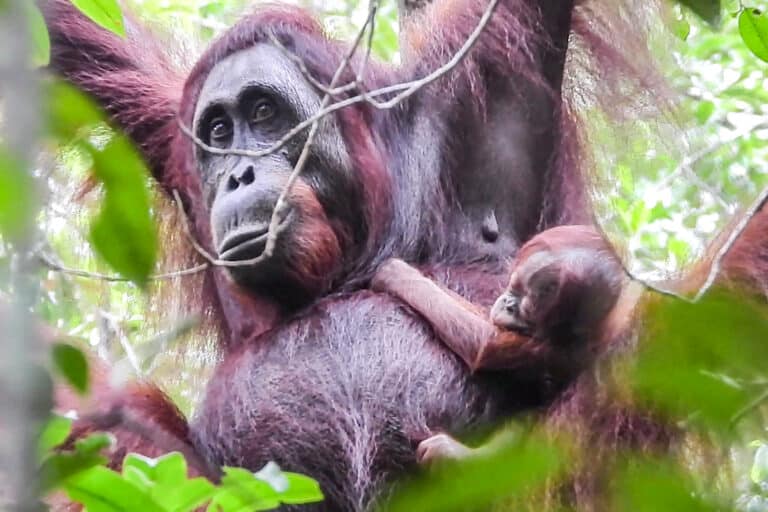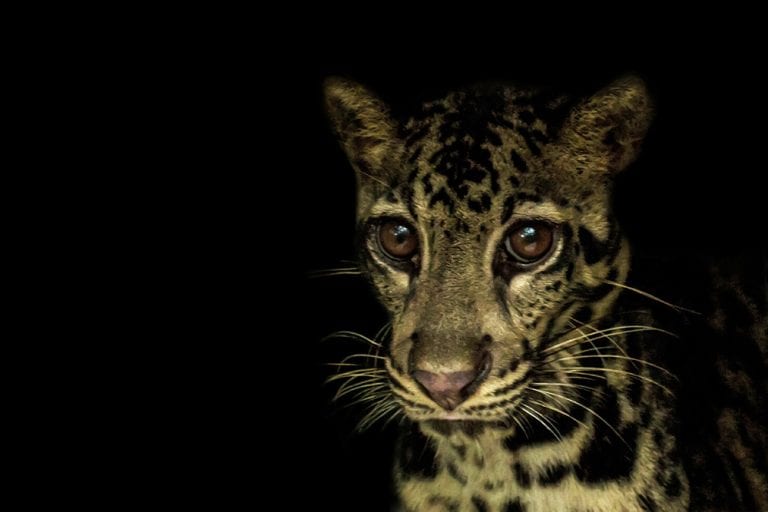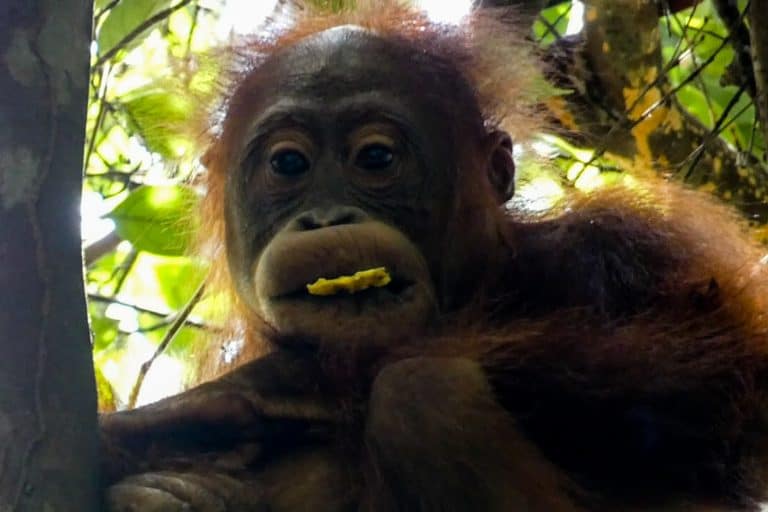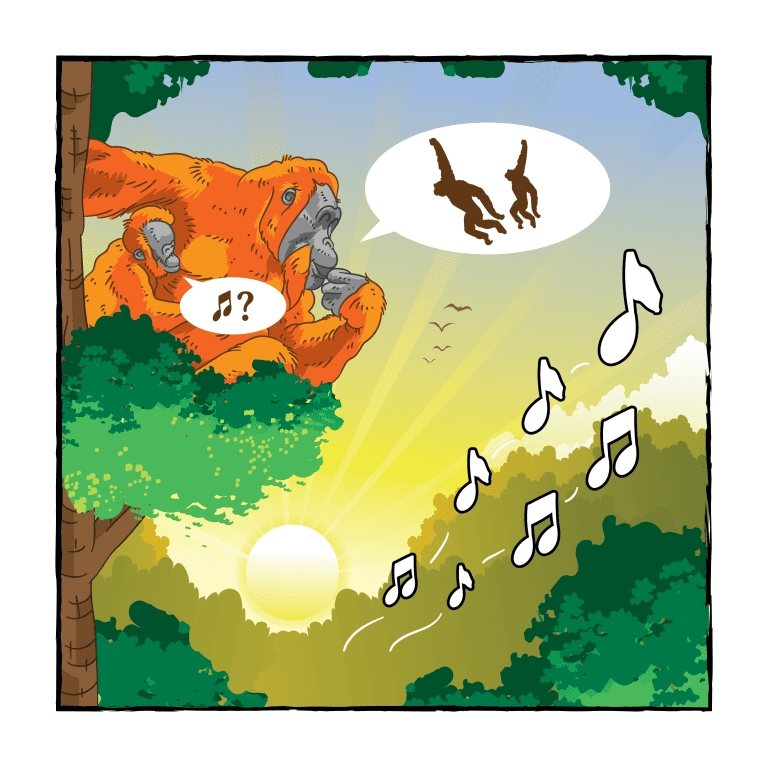by BNF Scientist
Hidden in the dense rainforests of Borneo, Sunda clouded leopards (Carnivora, Felidae, Neofelis diardi) prowl. One of the least-known members of the felid family, this small ‘big cat’ is known for its striking coat (dotted with large cloud-like spots, a.k.a. ‘clouds’), long tail, and extraordinary climbing abilities. While being relatively small, it is the largest predator on the island, and as such, it has an important role to play in the forests’ ecosystems. Capable of hunting on the ground as well as up in the trees, this wild cat is still one of the rainforest’s most enigmatic species. The cats are very rare and elusive and very difficult to study in the wild, which means that a lot of basic knowledge about their ecology is still lacking, despite increased scientific interest.
A missing key component is the clouded leopard’s home range size and organization. A ‘home range’ is the area that an animal uses for its day-to-day activities, e.g. feeding and raising cubs. We don’t know how large an area sustains one single clouded leopard, and this is basic information which is very important to the species’ conservation.

For six males in our forest, we had enough data to just that. On average, a male clouded leopard in Sebangau roamed over a home range of 35.3 km2. Within this home range, the males held a core range, which they used intensively, of 7.7 km2. None of these males held an exclusive home range (i.e. a territory), and several males used the same wider area at the same time.
This shared space use is rare amongst the Felidae. Normally, felids (clouded leopards included) are solitary, and they prefer being alone in their home range. Any other individual that sneaks into a home range that is not his own will be kicked out by force. Not in Sebangau, apparently. The reason why is not yet known, but we do know that sharing space can only happen if everyone in the area agrees to avoid each other as much as possible. So, while most felids follow the tactic of ‘spatial avoidance’, our clouded leopards follow the one of ‘temporal avoidance’. That way, they can still all live together without having to interact more than necessary.
This is good news for the conservation of clouded leopards. If they share space all across their geographical range, then any protected area can harbour a larger population than if the clouded leopards kept exclusive home ranges. Since the clouded leopard’s habitat is rapidly declining on Borneo, dragging the wild cats deeper into the IUCN’s Red List of Threatened Species, the knowledge that small protected areas can still help saving this species from extinction is very promising. This little piece of information is one more tool towards the conservation of the Sunda clouded leopard.


